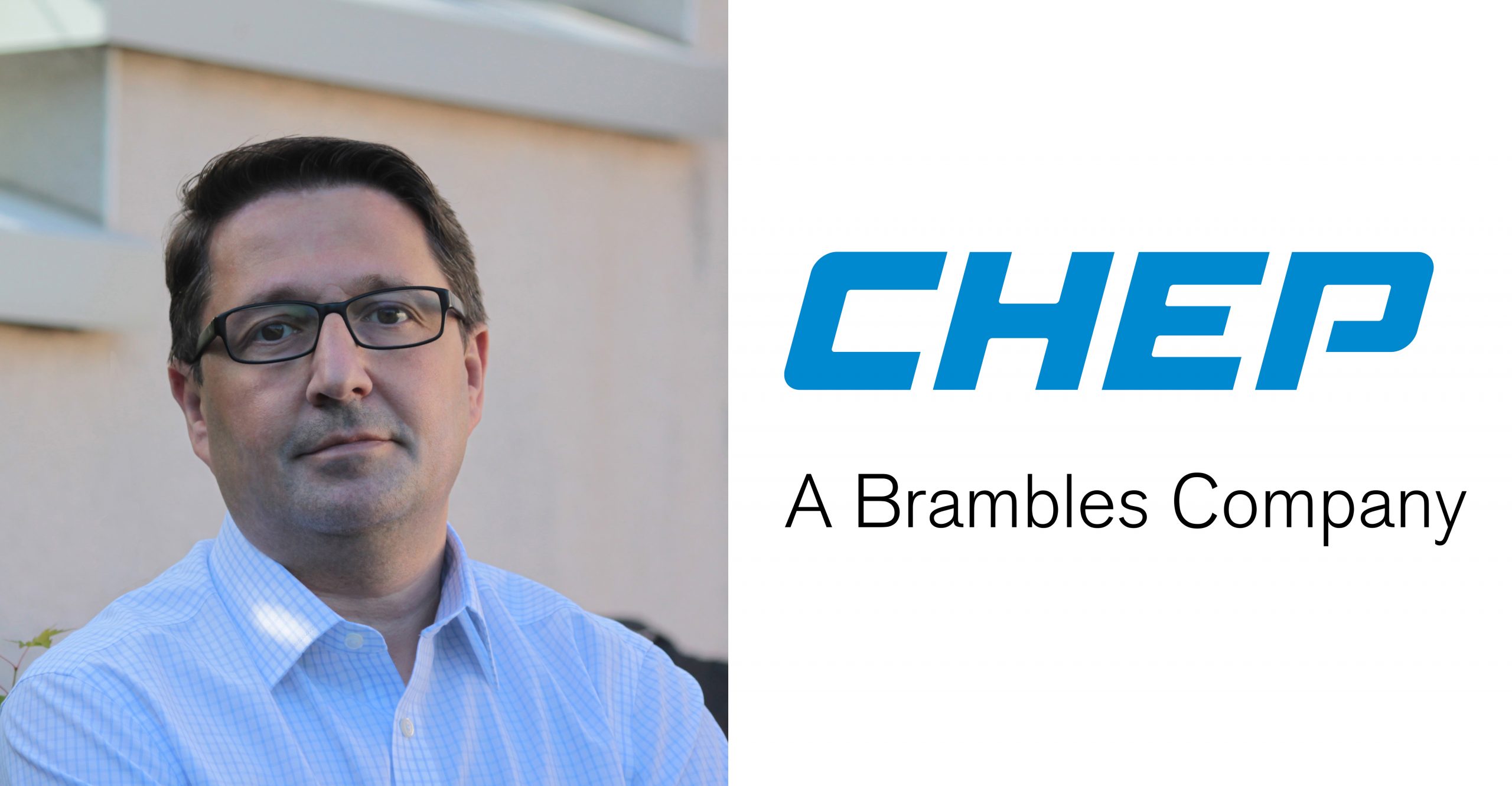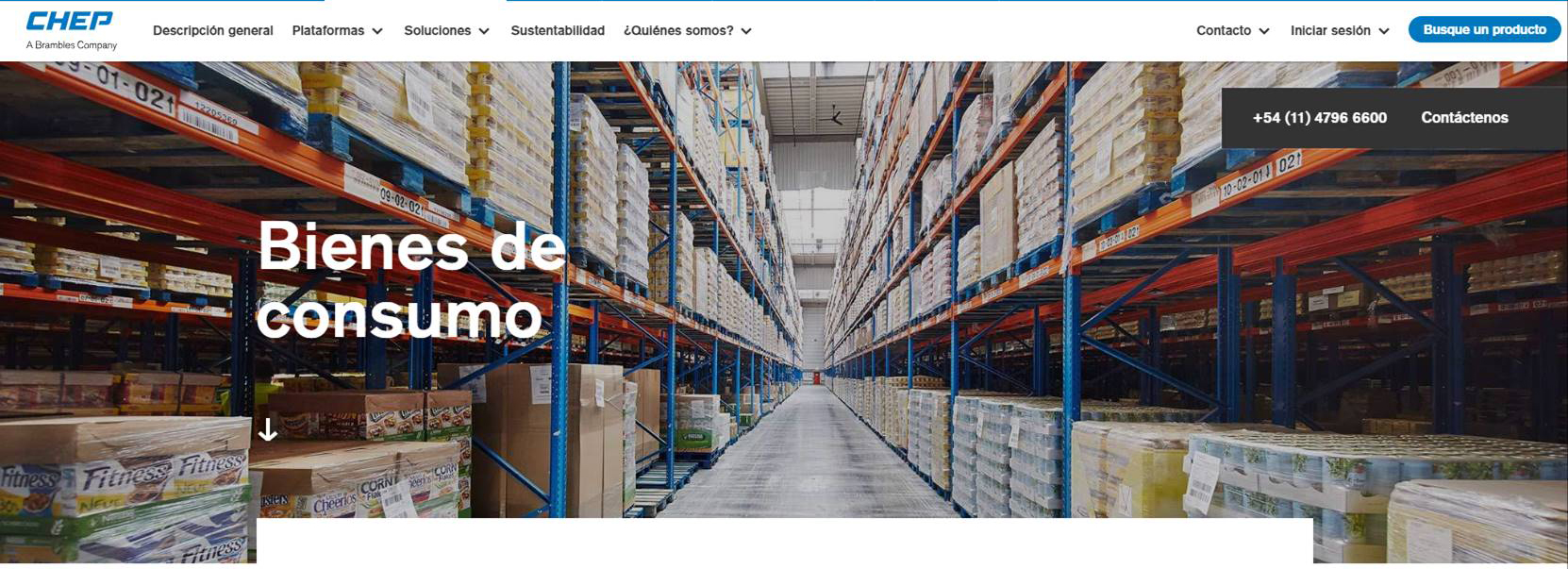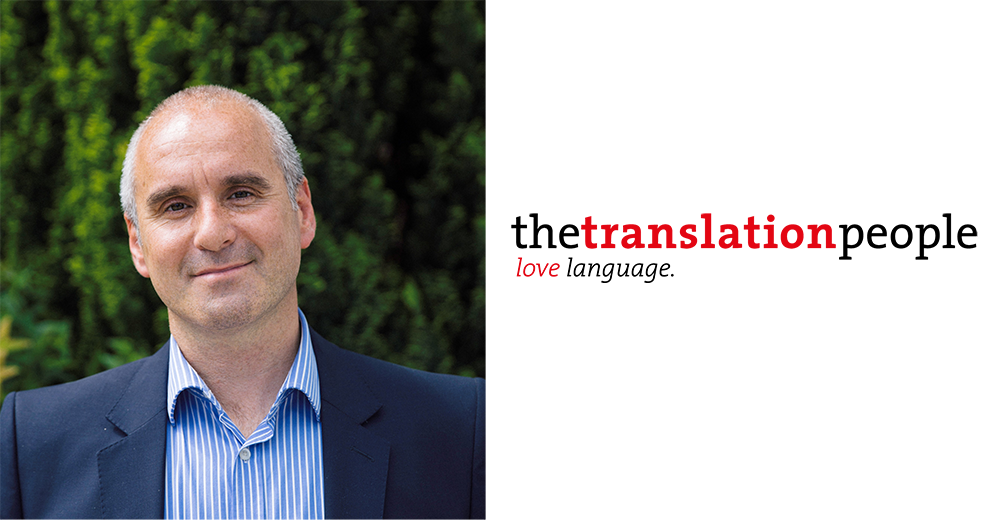Agile website translation increases web visits and reduces bounce rates
The Translation People recently worked with CHEP on the translation of its new website into 27 languages. Here we discuss the project from the point of view of both CHEP and The Translation People, along with the challenges that were faced along the way and the different approaches employed to overcome them.
The case study shows how an agile and creative approach by The Translation People, along with high quality transcreations helped ensure a successful website translation project, allowing CHEP to increase its web visits across the globe and the effectiveness of its multilingual website.

When we started thinking about the website, the goal was to have a scalable global solution that could be easily updated by relevant stakeholders. The overall premise was to produce content for 28 European websites- 27 of them bilingual and 2 of them with three languages.
The Translation People were already working with some of my colleagues in other departments when the CHEP.com website project came about. From the outset, we had a completely global approach to the project and it was important for us to partner with a company who was also able to work in this way. After carrying out some research into the translation services industry, The Translation People was shortlisted as one of our preferred companies to carry out the work. For us it was important that they showed technical competency, so their ability to connect to our CMS (Drupal) was the key to their success. The high quality of their transcreation texts was also an important deciding factor.
As a business, one of the major challenges we knew we faced was ensuring the timely roll-out of the site across all regions, including all localised and translated pages. The Translation People were kept up to speed on our roll-out plans through daily conference calls and collaborated with us on a launch plan for the different countries. All translations were delivered within the specified time, which meant that our launches progressed as planned. The country launches were time-critical and the team at The Translation People made sure that everything ran to schedule, even with our last-minute changes and additions to the original text that needed translation.

The core objective for our multilingual pages was and still is to increase the traffic and content quality on our webpage to communicate CHEPs business model of ‘Share and Reuse’ for transport platforms. It has already proven to have caused a considerable increase in visits on our website, high revisits and low bounce rates. For a business like ours, it is absolutely imperative that content is not only translated well but is tailored to the tone and languages of the specific local markets. The importance of this cannot be overstated if you are thinking of translating your website.
The greatest benefit of working with The Translation People to roll out the project was the excellent, flawless and timely account management of Jasmin Schneider. Without her expertise we would not have been able to meet our deadline. Our website is designed to be highly dynamic in terms of new content creation and we are always looking for new technologies to enhance the visitor experience, for this we need to be sure that all suppliers in this environment are doing the same and aligning to our strategies. I have no doubts in The Translation People’s ability to respond accordingly. Overall, The Translation People was absolutely professional and very customer centric. Even in cases where some countries insisted on their own translator, The Translation People was able to onboard them into the process. A perfect approach.
I was impressed by the quality of the transcreations… and I know our marketing teams across the world were too. I would recommend this option for a multi-lingual project of this nature. It may cost more in the first instance, but the value in saving time for translation review is priceless.

CHEP were already a regular customer of ours when in 2015 we were invited to take part in a global tender for their translation requirements. After a final presentation in Spain, we were successfully awarded the contract. Part of that project was to translate their website into 27 different languages. Website translation is something that we do on a regular basis, however the scale of the site, the customised nature of the CMS and the number of languages meant that it needed a clearly-defined process to be a success.
We knew that offering an agile solution to integrate with CHEP’s CMS was really important to them, so we developed a customised connector to transfer the content for translation directly into our Translation Management System. Because of the volumes involved, having an automatic solution for export/import was key in order to ensure that launch dates were not missed. This required a certain amount of co-operation with CHEP’s web designers because of the customised nature of the CMS. It’s incredibly important with this kind of project to keep everyone informed, so we also took the time to discuss the specifics of how it would operate at either side so that everything was clearly mapped out.

The volume of text for translation was over 70,000 words for many of the sites, but we already had quite substantial Translation Memories stored for CHEP in most of the languages. This proved really useful, as it meant we could use pre-existing translations where possible and this helped us to keep costs down for them. In addition, in order to ensure consistency of terminology and style across each site, and to brief our translators on CHEP’s preferences in terms of tone of voice and language, we devised style guides and a glossary for each country, in conjunction with CHEP’s local marketing teams.
From the outset we knew that timescales were tight and had to be respected, so it was clear that excellent communication would be crucial in making the project a success. In order to ensure this, we had daily scrum calls with the CHEP IT/marketing teams in both the US and Europe to identify any issues that needed resolving or to unlock content. CHEP identified their priority languages so we were able to roll these out in groups of 2/3 at a time, according to their deadlines.
From a technical standpoint, there were regular code releases to the architecture of the site during the translation process, which meant that we regularly reconfigured the connector mid-project.
All our final translations were checked by CHEP’s in-country staff, to ensure they were completely in line with the language of the local market. I am pleased to say that the feedback was overwhelmingly positive and some countries said the translations were the best they had received! I really think that the work done before translation to set out style and terminology guidelines was critical and involved the local marketing teams at every stage of the process. Where the local markets made changes to the translations, we updated the Translation Memories accordingly.
No two website translation projects are ever the same, so there are always learning points when translating something of this scale and importance. The main take-away for me was how crucial it is to speak to the local marketing teams about the impression they wanted to make with the different sites, which varied from country to country. This meant that we could tweak the language slightly for those territories to account for regional preferences, ultimately meaning that we could deliver translations that they were very happy with and help them achieve their final growth objectives.
Whether you have a specific project you want to discuss, need a translation quote or simply want to discuss your requirements, do not hesitate to get in touch with us.
Copyright © The Translation People Limited 2024. All Rights Reserved.
The Translation People Limited. Registered in England and Wales No: 06329037 Registered address: America House, Rumford Court, Rumford Place, Liverpool L3 9DD.
the translation people, love language and associated faces are a registered trademark of The Translation People Limited.